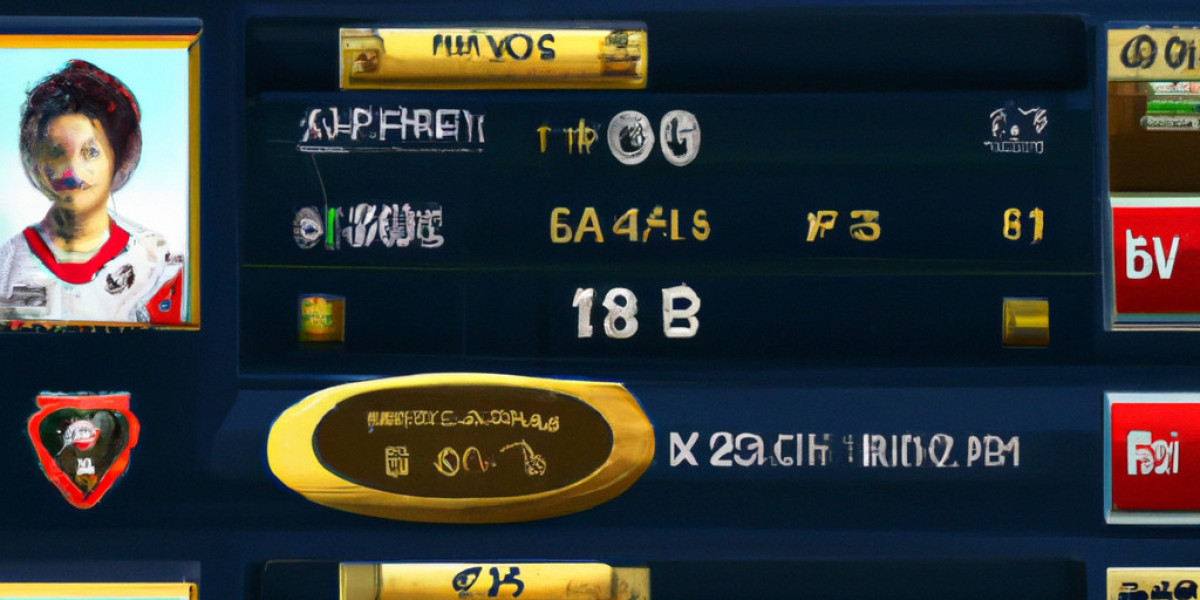Study MBBS in Iran has emerged as a viable option for international students, notably those from India, seeking to pursue MBBS. Iran provides tremendous prospects for medical students by offering low tuition, globally recognized degrees, and high-quality education. Medical universities in the country offer excellent facilities, competent instructors, and hands-on experience through clinical training.
Why Choose Iran for MBBS?
Affordable Tuition costs: When compared to Western countries, Iranian colleges provide a more affordable education, with annual costs ranging from USD 3,000 to 6,000.
Globally Recognized Degrees: WHO and NMC recognize Iranian medical degrees, allowing graduates to work or further their studies anywhere in the globe.
Modern infrastructure: Universities have excellent laboratories and affiliated hospitals, which provide students with valuable practical experience.
English-Taught Programs: Many universities offer MBBS in English, making it accessible to overseas students.
Cultural Diversity: Iran combines historical traditions with modern lives, making it a rewarding experience for students.
Leading Medical Universities in Iran.
Tehran University of Medical Science
Shiraz University Of Medical Sciences
Mashhad University of Medical Science
Isfahan University of Medical Science
Golestan University of Medical Science
These universities are renowned for their well-structured medical programs, experienced professors, and emphasis on research and clinical training.
Course Structure and Duration
Iran's MBBS curriculum lasts six years and includes:
Five years of academic study: Students study core disciplines including as anatomy, biochemistry, pathology, pharmacology, and community medicine.
One-year internship: The final year includes clinical rotations, which provide hands-on experience in university-affiliated hospitals under the supervision of experienced physicians.
Admission requirements
Educational Requirements: Candidates must have finished 10+2 with Physics, Chemistry, and Biology with a minimum of 50% in aggregate.
NEET Qualification: In order to be admitted and practice in India, Indian candidates must pass the NEET exam.
The applicant should be between the ages of 17 and 25.
Language Requirements: While many programs are taught in English, knowing basic Farsi is advised for better communication in clinical settings.
Medical Fitness Certificate: A health certificate is essential to ensure that the student is fit for medical study.
The Admission Process
Students must apply using the university's online portal.
Academic transcripts, passport copies, NEET scorecards, and other required documents must be presented.
Students receive an admission letter after accepting their offer.
Visa Application: Students must apply for a student visa to Iran and provide the necessary documentation.
enrolling: Once students arrive, they must complete the university's enrolling process.
Tuition and Living Costs
Category: Cost (USD)Cost: (INR) (approx.)
Tuition Fees (Annual): 3,000-6,0002.5 - 5 lakh
Annual hostel fees range from $800 to $1,200.65,000 - 1 lakh
Living expenses range from $300 to $500 each month.25,000 - 41,500
Iran provides low housing and living costs, making it a popular location for overseas students.
Scholarships and Financial Aid
Several Iranian colleges offer scholarships and awards to international students on the basis of merit and financial need. These scholarships serve to cut tuition prices, alleviating the financial load on students.
Clinical Training and Career Opportunities
Students acquire practical experience in university-affiliated hospitals during clinical rotations, which improves their medical skills. After graduation, students can take several licensure tests, such as:
FMGE (India), USMLE (USA), and PLAB (UK).
Graduates who pass these tests can continue their education or practice medicine anywhere in the world.
Cultural and Student Life in Iran.
Iran provides a distinct cultural experience through its blend of old traditions and modern facilities. Universities offer extracurricular activities and cultural events to enrich students' lives. With a variety of student support programs, international students can swiftly adjust to their new surroundings.
Challenges of pursuing MBBS in Iran
Language Barrier: Although courses are given in English, students may need to learn basic Farsi to interact with patients during clinical practice.
Cultural Adjustment: It may take some time to adjust to Iran's cultural standards, but colleges offer assistance to international students as they settle in.
Licensing tests: In order to practice in certain countries, graduates must pass tests such as the FMGE, USMLE, or PLAB.
Conclusion
MBBS in Iran provides a well-rounded educational experience with low tuition, contemporary facilities, and internationally recognized degrees. While students may face hurdles such as language acquisition and cultural adjustment, the benefits exceed the drawback. Iran is a good choice for people looking for a high-quality medical education and international employment chances.
Search
Popular Posts
-
 How To Explain Fireplace Tools Sets To Your Grandparents
How To Explain Fireplace Tools Sets To Your Grandparents
-
 Escort Service in Ajmer 100s Of Escorts & Call Girls
By nlm7976kumar
Escort Service in Ajmer 100s Of Escorts & Call Girls
By nlm7976kumar -
 10 Healthy Eufy Robot Vacuum Habits
10 Healthy Eufy Robot Vacuum Habits
-
 Get Real pictures of call girl Ajmer for breathtaking pleasure
By nlm7976kumar
Get Real pictures of call girl Ajmer for breathtaking pleasure
By nlm7976kumar -
 Exploring the World of Ajmer Independent Escorts
By nlm7976kumar
Exploring the World of Ajmer Independent Escorts
By nlm7976kumar


